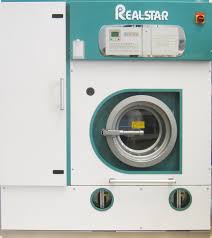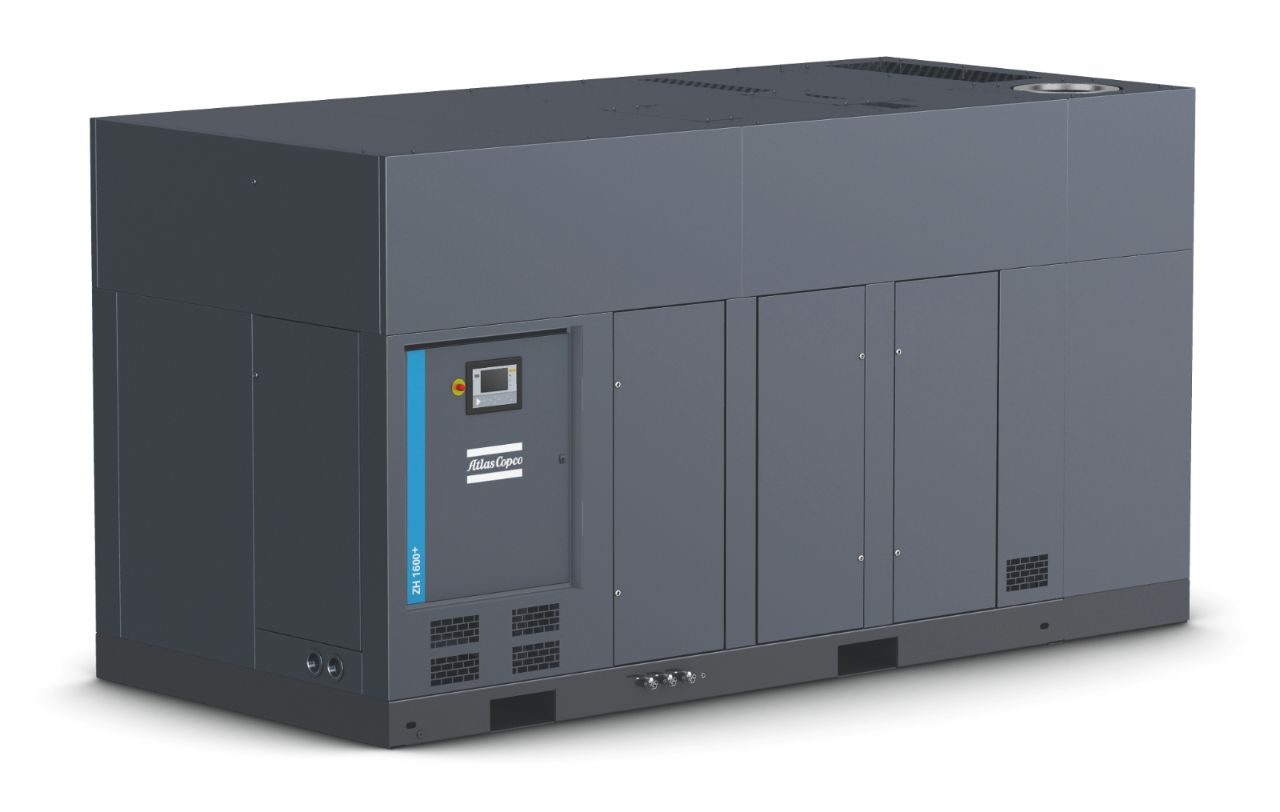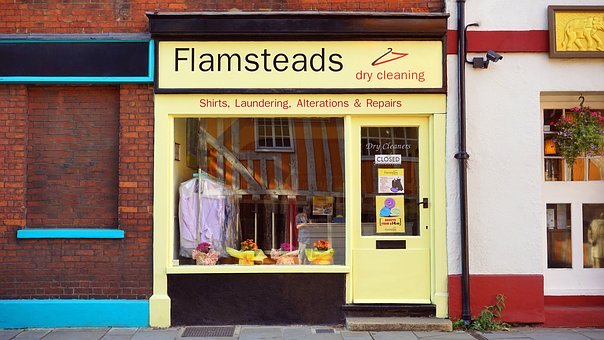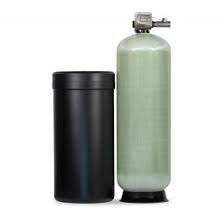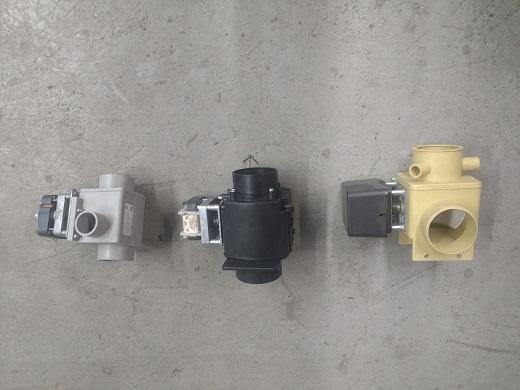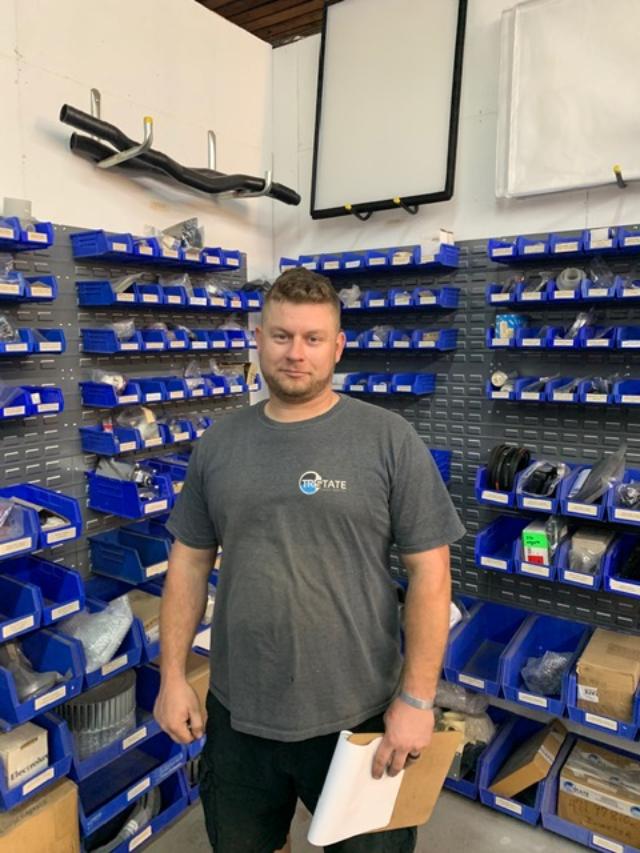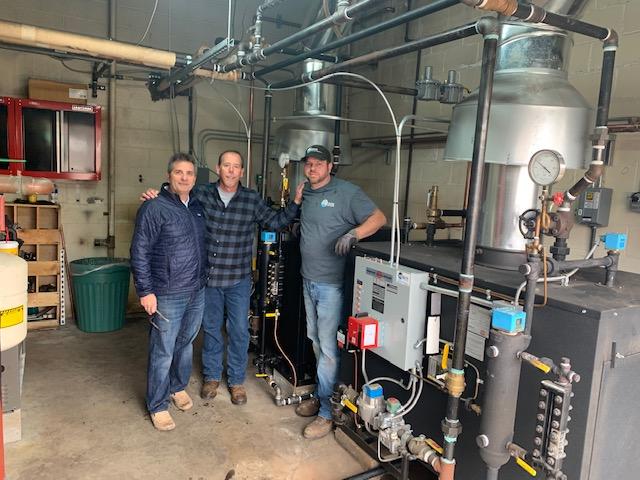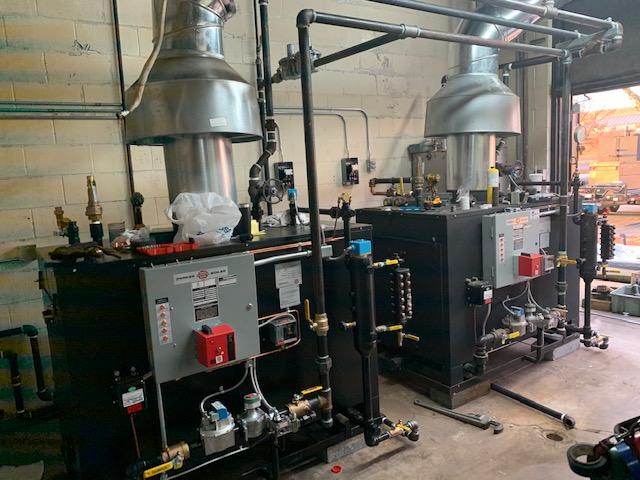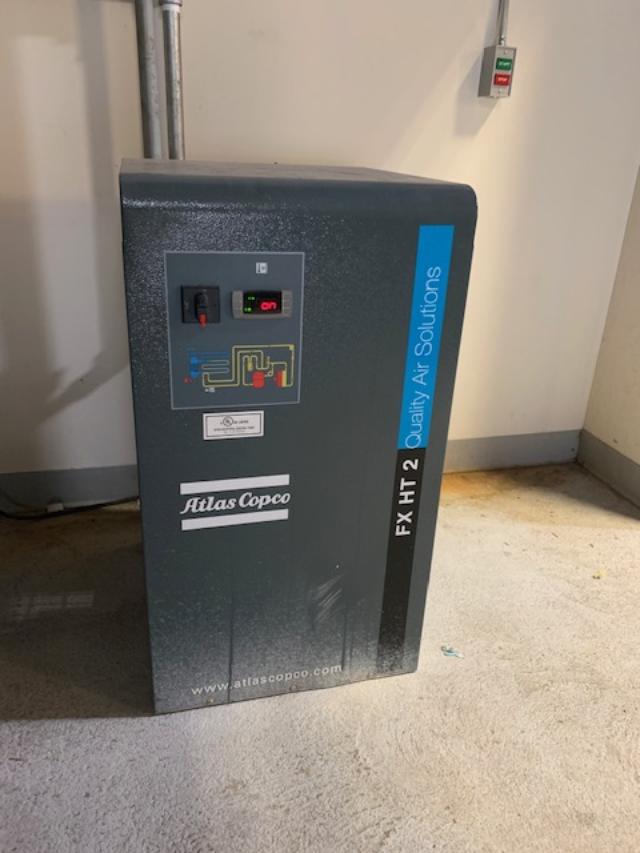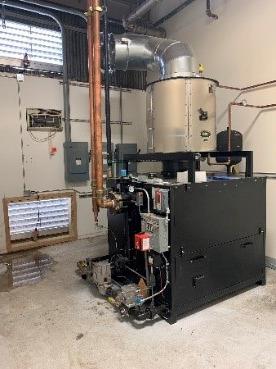11/20/2020
Equipment Options for Wash & Fold Laundry Service
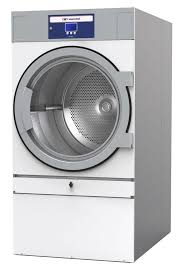
Lately, dry cleaners seem to be getting into the wash & fold laundry service business. It makes sense really. With the Covid-19 situation and more folks working from home, there seems to be fewer business clothes needing dry cleaning. Plus, it’s a service that many current and potential customers are receptive to.
Making Your Wash & Fold Laundry Service Profitable
The issue with making a wash & fold laundry service a manageable and profitable business is controlling labor. Before garments can be washed, employees must sort through each item to check for spots and in pockets before sorting into the proper load. Once that’s complete, each customer’s clothing can be placed in their own mesh bag for the washing process. Unfortunately, keeping them inside the bags for the drying process increases drying time. To solve this problem, you could tag each customer’s items (more labor costs), or you could add drying capacity.
Recommended Washer & Dryer Equipment
Wascomat/Laundrylux has a series of small washers and dryers called the Encore Line, which are rated at a 22 pound capacity. The washers are high speed extract and built on a soft mount frame with SKF bearings for durability. You can buy them in a washer/dryer stack combo, solo washer and dryer, or stack dryer units. The dryers are available in electric, natural, or propane gas.
That means for less than $3,000 you can add two dryer pockets or 44 pounds of drying capacity for your wash and fold operation, speed up the process, and increase your production rate for a fast growing service element of our business.
If you are interested in learning more about the equipment you might need to enter the wash & fold service business, call Tri-State Laundry Equipment at 1-866-885-5218 or contact us.


